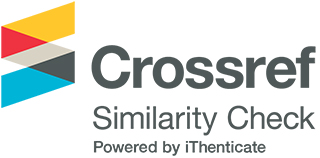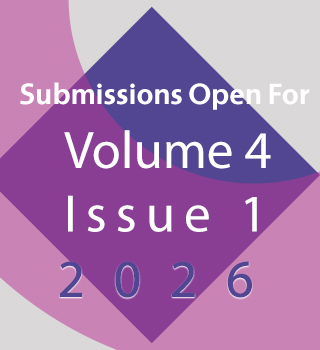Electra in the 1990s: The Electra Complex in 1990s Cinema
DOI:
https://doi.org/10.33422/jarws.v3i1.864Keywords:
Electra Complex, Female Filmmakers, Poison Ivy (1992), The Crush (1993)Abstract
This article considers existing scholarship that applies Jung’s Electra complex within 1990s’ American cinema. The Electra complex was coined by Jung in 1913 as the female equivalent of Freud’s Oedipus complex (1899). The primary focus will be a cycle of 1990s Hollywood films that represents a teenage girl (teen fatale) and her relationship with an older man, either her own father or a father figure. The central argument of this article is that most male filmmakers unconsciously employ Oedipal anxieties within Electran narratives and use techniques such as a male gaze to sexualise the teen fatale. The research methodology used for this article include, contextual analysis, dialogue analysis and psychoanalysis to examine the subjectivity of the characters from a sociocultural and theoretical position. Ancillary methods have been used to examine the filmmaker’s conscious/unconscious motivations by reviewing interviews given at the time of release and on the film’s anniversaries.
Downloads
Published
Issue
Section
License
Copyright (c) 2025 Emma S Paulley

This work is licensed under a Creative Commons Attribution 4.0 International License.











